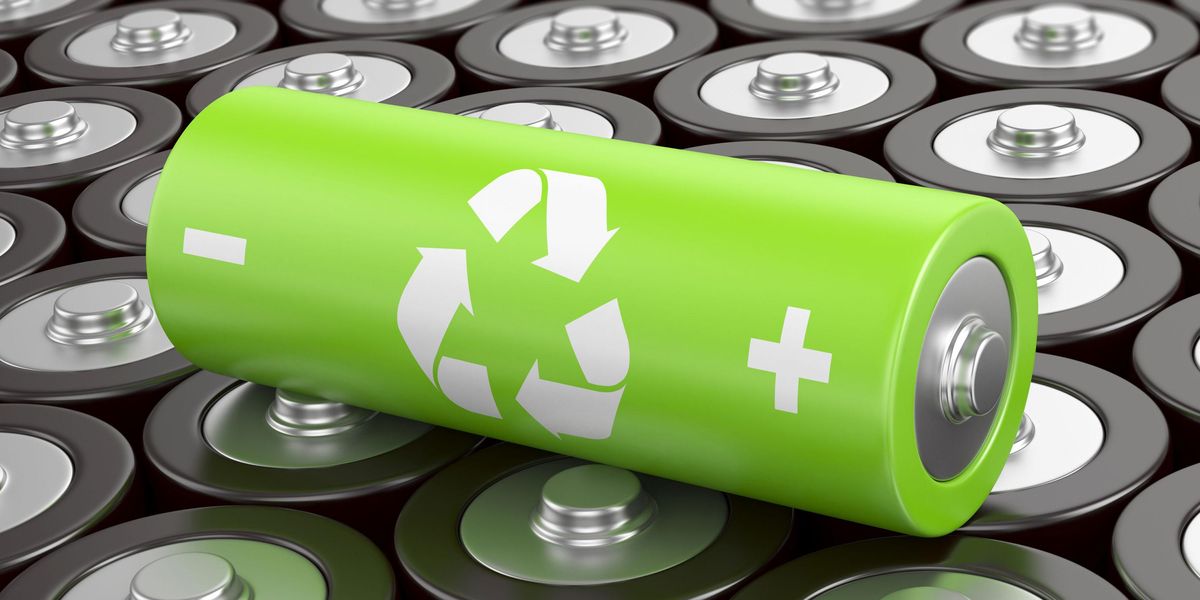These days, global warming and climate change are at their peak and people are being advised to turn to EVs(Electric Vehicles) to combat the issue of excess CO2 in the atmosphere. However, one problem that most people overlook is the problem of used batteries. As the first major batch of EV's start rolling into scrapyards, what will happen to the batteries? Is the solution of EVs actually a solution or will it cause more pollution?
These are some of the questions I am going to address in this post.
What is Battery Recycling?
Battery recycling refers to reprocessing the batteries and its components so that less batteries end up in landfills as these can be quite harmful for the environment.
 |
| File pic of batteries. Source: IEEE |
The components of batteries include Mercury and Cadmium along with Carbon, Lithium and other metals which can cause soil and water pollution.
What batteries are the easiest to recycle?
One such type is the lead-acid recyclable battery. Lead acid batteries have a relatively low energy density and are most commonly found in inverters that provide emergency backup in case of power failures and also used in some electric vehicles like golf carts.
Small non-rechargeable button batteries are also commonly recycled due to the toxic nature of their components.
How are Different Types of Batteries Recycled?
I. Lead-Acid Batteries- Lead acid batteries are fairly easy to recycle. The lead in the batteries needs to be recycled as elemental lead is extremely toxic and can poison the environment, if released. The plastic casing of lead batteries is also quite recyclable.
II. Lithium-Ion Batteries- Lithium ion batteries contain a large amount of Lithium along with high-grade Copper and Aluminium. Some batteries also may contain rare earth minerals like cobalt and nickel, which can be used for other purposes after recycling.
These batteries are found most commonly in Electric Vehicles and have a specific process for recycling-
- First, the battery is deactivated or discharged.
- Then, the systems in the battery are disassembled.
- The components are now separated using physical processes like crushing, sorting, sieving, etc.
- Next, the components are separated using electrolytic methods.
- Now, hydrometallurgical techniques are used that help separating the metals from other extra particles.
- At last, pyrometallurgical processes are used.
Battery Recycling in India
However, this industry is not yet recognised and respected even though it has a very large potential. Most of the batteries end up in landfills and the components are separated by people belonging to the poor category.
However, this sector has a very high potential as many of the elements used in electronics are imported in India. These are present abundantly in batteries and can help make the electronics sector more self-dependent in India.
That is all for today's post on battery recycling. Please consider giving this blog a follow if you found the information interesting. Any comments/questions/corrections are welcome.
Cheers,
Aarav Iyer
References:
(1) https://www.conserve-energy-future.com/battery-recycling.ph

hi arav......why did you not post for some 20,00,000 years ?? i missed your post .......... and who is the light'speed ?? btw it is nice though i did not understand anything as it was of very high level, lol arav bhaiya op
ReplyDeletewho are youu
DeleteGOod one... Keep going! Very informative content in a short manner...
ReplyDelete~Pranav Kumar